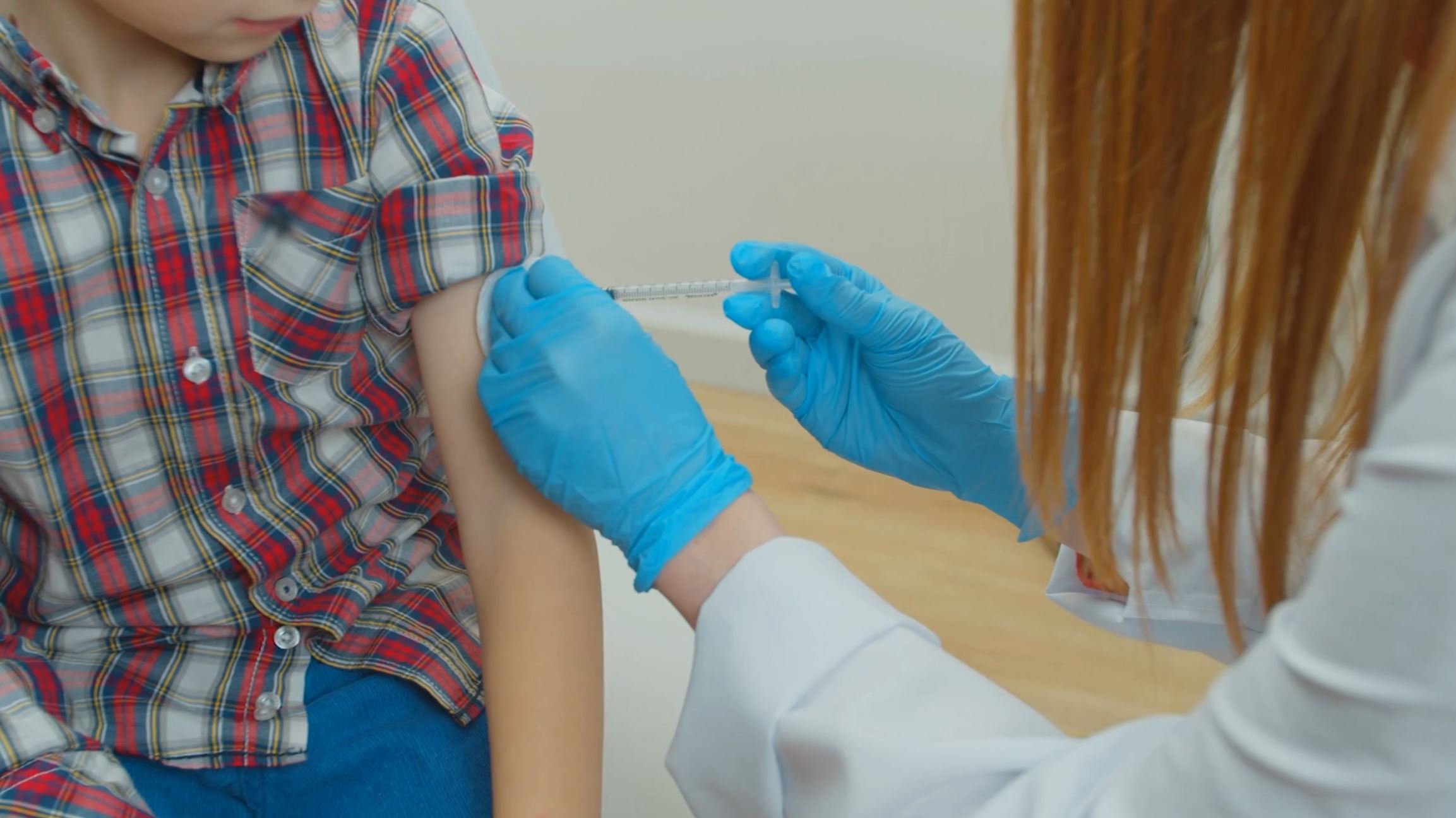
She died despite prompt treatment. On Thursday, October 12, Reims University Hospital (Marnes) announced the death of a patient suffering from rabies, who was admitted on October 7 and died two days later. She had presented herself to the hospital the previous Saturday, accompanied by a man. Both of them were injured by a cat a few weeks ago in a Maghreb country.
Immediately, healthcare staff identified symptoms of rabies, treated him appropriately, and admitted him to the hospital in intensive care. Unfortunately, she succumbed to the disease two days later. The man, who had no symptoms, was given post-exposure prophylactic vaccination and placed under observation.
The National Rabies Reference Center (CNRR) of the Pasteur Institute, the only center authorized to diagnose rabies, confirmed the diagnosis on Wednesday 11 October.
A very rare case of rabies in France
A case of rabies, a zoonotic disease caused by viruses of the genus Lyssavirus, on French territory is a case called “imported”. The most recent human cases acquired abroad date back to 2017 (the death of a 10-year-old boy infected with the disease in Sri Lanka) and 2016 (the death of an infected man in Bangladesh).
The last acquired case was observed in mainland France in 2019. The patient, who died, was contaminated with EBLV-1, a bat lyssavirus. Before that, no cases had been observed since 1924.
Regarding animals, “France has been free of rabies in wild non-flying mammals since 2001,” confirms the Pasteur Institute. Flying mammals are bats.
In France, there are three conditions considered at risk:
- Bites, scratches and other forms of saliva contact with wounds or mucous membranes in a country where rabies is common among dogs or wildlife (including Guyana);
- Contacts with bats, worldwide, especially in mainland France;
- Bites, scratches and contact with wounds or mucous membranes of an animal that has illegally traveled outside the European Union without vaccination against rabies.
Post-exposure prophylactic vaccine
In the event of contact with a suspicious animal, treatment consists of immediate cleaning of wounds with soap and water for 15 minutes and application of an antiseptic. Prophylactic treatment includes a vaccine, anti-rabies immunoglobin, and antibodies, in more serious cases of exposure.
“In 2022 in France, 2,391 people received post-exposure prophylaxis at a French rabies control centre, including 62.2% of people exposed to the disease abroad,” explains the Pasteur Institute. If this is done on time, prevention is 100% effective. The Pasteur Institute adds: “Treatment must be carried out quickly after exposure, before the first symptoms appear that indicate an inevitable fatal outcome.”
After an incubation period that can last from two to three months, the first symptoms are fever accompanied by pain, tingling or burning at the site of infection.
There are two types of rabies, as detailed by the World Health Organization:
- “Angry” form, with the patient’s hyperactivity, agitation, hallucinations, lack of coordination, hydrophobia (fear of water) and aerophobia (fear of drafts or fresh air). Death occurs within a few days due to cardiac and respiratory arrest.
- The paralytic form affects about 20% of human cases. The development thereafter is less dramatic and generally longer than that of angry rabies. The muscles become paralyzed gradually, starting at the site of the injury. Coma slowly sets in and the patient eventually dies. Cases of paralytic rabies are often misdiagnosed, contributing to underreporting of the disease. »
The virus reaches the central nervous system and “causes a progressive and fatal infection in the brain and spinal cord.”
Worldwide, rabies is responsible for 59,000 deaths each year, especially in Asia and Africa, most often after bites by a rabid dog.






